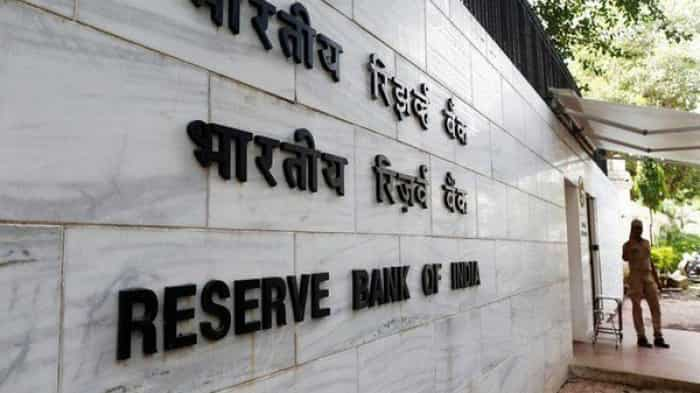India's per capita income likely to grow to $4,000 by FY30; GDP to soar to $6 trillion: Standard Chartered report
The biggest growth driver will be external trade which may nearly double to $2.1 trillion by 2030 from $1.2 trillion in fiscal 2023 when the GDP printed in at $3.5 trillion, Standard Chartered Bank said in a weekend report which assumes a 10 per cent nominal GDP growth annually from now on.
)
The country's per capita income is likely to grow by close to 70 per cent to $4,000 by fiscal 2030 from $2,450 in fiscal 2023, helping it become a middle-income economy with $6-trillion GDP, more than half of which will be coming in from household consumption, says a research report.
Per capita income/GDP has risen from USD 460 in fiscal 2001 to USD 1,413 in fiscal 2011 and further to USD 2,150 in fiscal 2021.
The biggest growth driver will be external trade which may nearly double to $2.1 trillion by 2030 from $1.2 trillion in fiscal 2023 when the GDP printed in at $3.5 trillion, Standard Chartered Bank said in a weekend report which assumes a 10 per cent nominal GDP growth annually from now on.
According to the report, the second-biggest growth driver will be household consumption which is seen jumping to $3.4 trillion by fiscal 2030—which as big as the current size of the GDP—from $2.1 trillion in fiscal 2023. Household consumption is as much as 57 per cent of GDP now.
Last week Prime Minister Narendra Modi said that he would ensure that the economy becomes $5 trillion during his next term in office, which will make it the third largest after the US and China. Currently, Japan is at the third slot and Germany at four.
The report sees as many as nine states growing to the upper middle income country status with $4,000 in per capita income, up from just one now, the report said sans naming the state.
Currently, Telangana leads in the per capita income league table with Rs 2,75,443 or USD 3,360 in FY23, followed by Karnataka with (Rs 2,65,623), Tamil Nadu (Rs 2,41,131), Kerala (Rs 2,30,601), and Andhra Pradesh with Rs 2,07,771.
But StanC report sees Gujarat leading on this from by fiscal 2030, followed by Maharashtra, Tamil Nadu, Karnataka, Haryana, Telangana and Andhra Pradesh. The report also did not name other three states, though.
Among these Telangana, Delhi, Karnataka, Haryana, Gujarat and Andhra together account for 20 per cent of the national GDP today, and will have per capita GDP of $6,000 by fiscal 2030.
On the other hand, large states UP and Bihar, which together make up 25 per cent of the population, will have per capita income below $2,000 even in fiscal 2030, which still be two times their fiscal 2020 levels.
Currently, the household consumption expenditure accounts for 57 per cent of its GDP and if household expenditure share falls by 1 per cent, the size of the consumer market will still be the size of the economy today.
The overriding growth enabler will continue to be the higher share of working age population.
The share of working age population in the country in 2020 was 64.2 per cent, which will rise to 64.8 per cent, may marginally slip to 63.6 per cent in 2040 and further down to 61.1 per cent in 2050.
This will help the economy benefit from labour efficiency, capital deployment, and continued increase in working age population.
However, persistently negative growth in employment rate is a drag on per capita real GDP growth.
The report also names the consistent reform progress, macro stability, healthy financial sector, deleveraging of corporate sector and public capex push as other growth enablers.
Get Latest Business News, Stock Market Updates and Videos; Check your tax outgo through Income Tax Calculator and save money through our Personal Finance coverage. Check Business Breaking News Live on Zee Business Twitter and Facebook. Subscribe on YouTube.
01:49 PM IST











 Will India's GDP reverse course in Q2FY18?
Will India's GDP reverse course in Q2FY18?